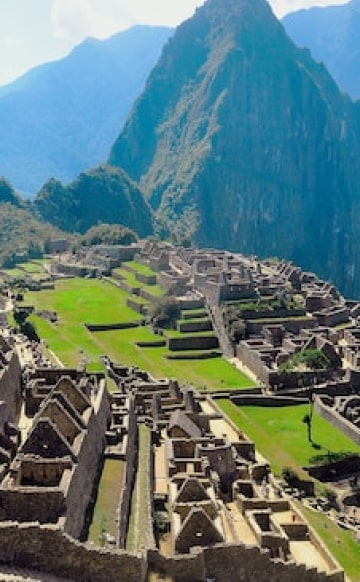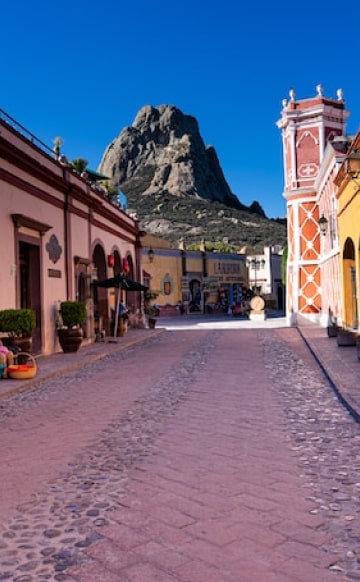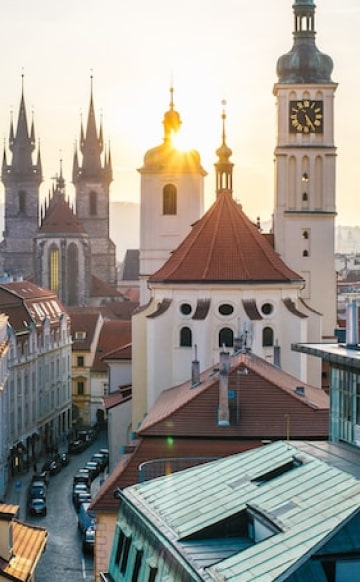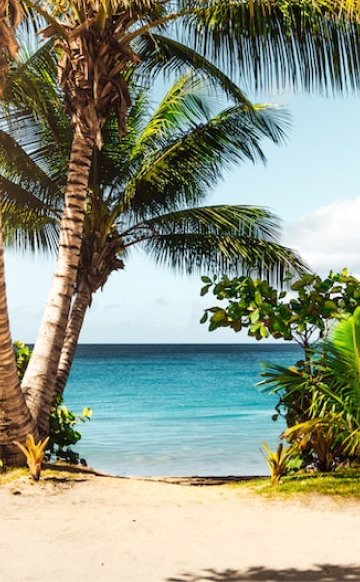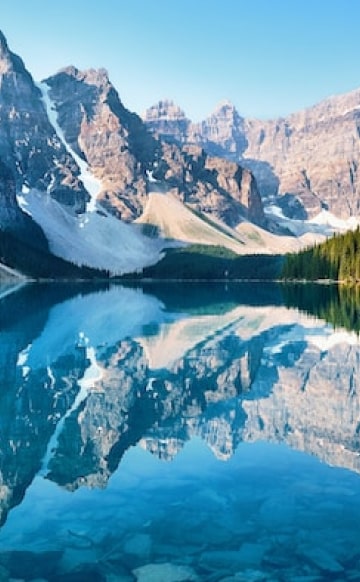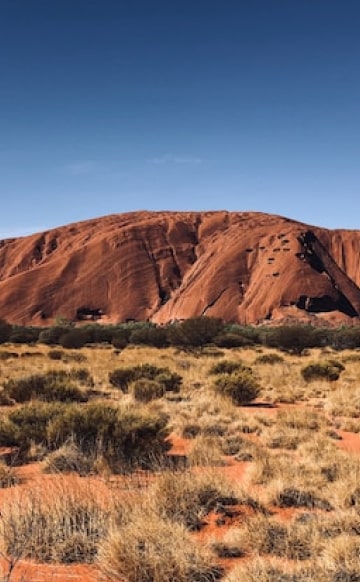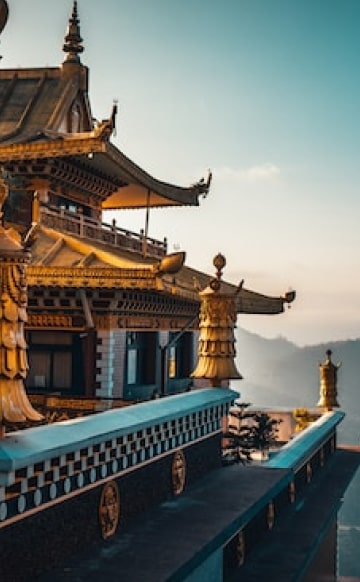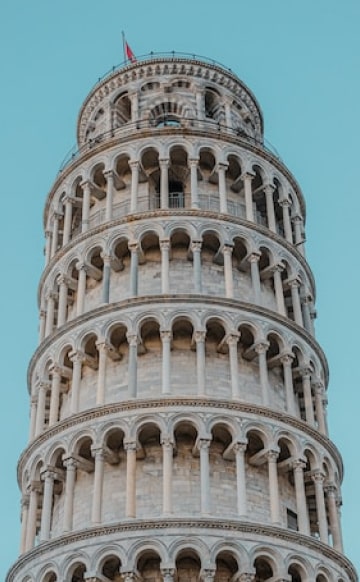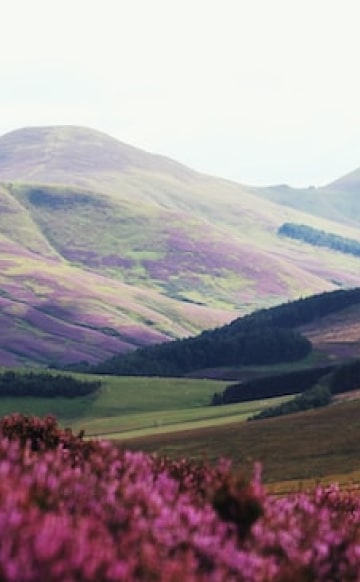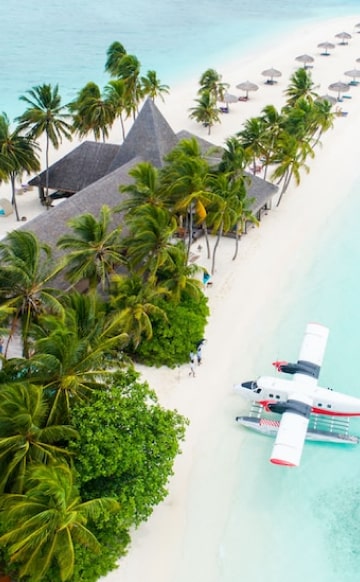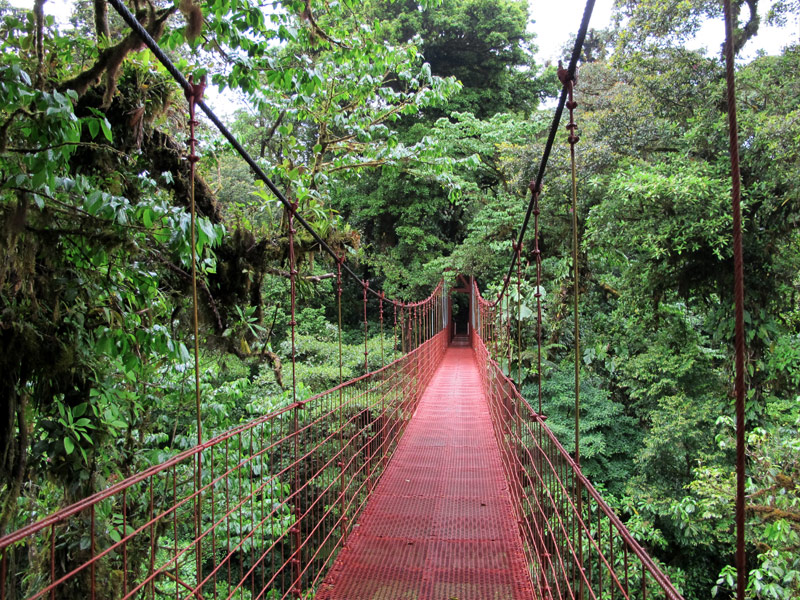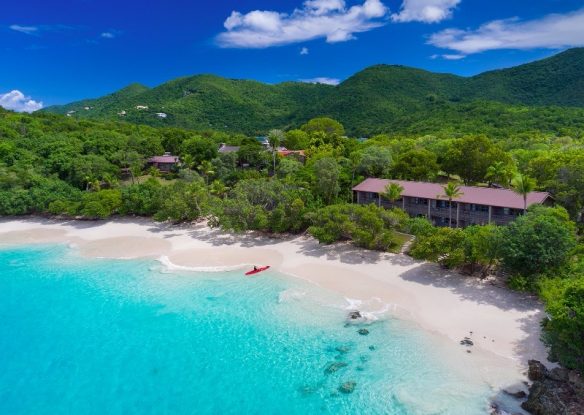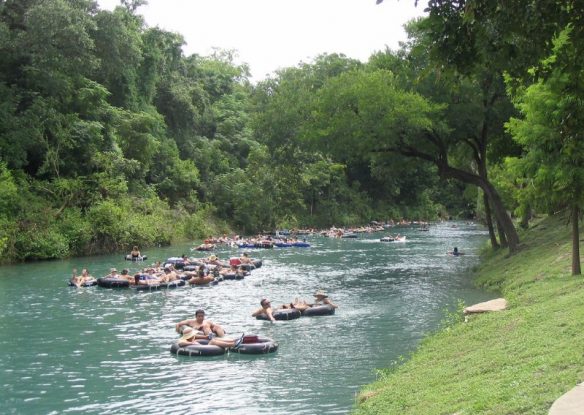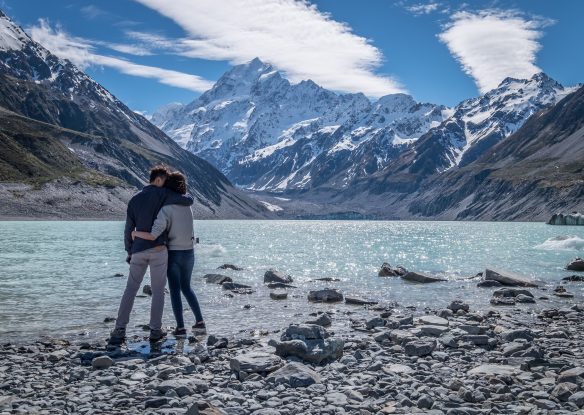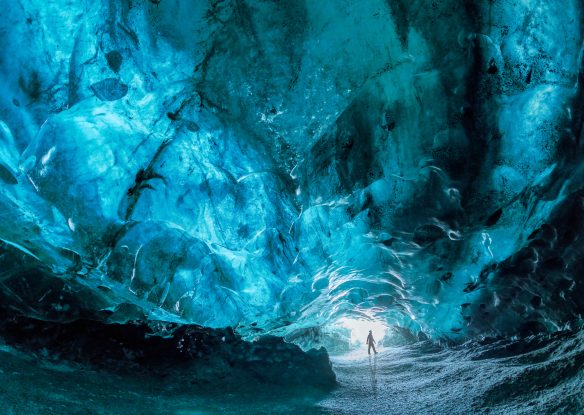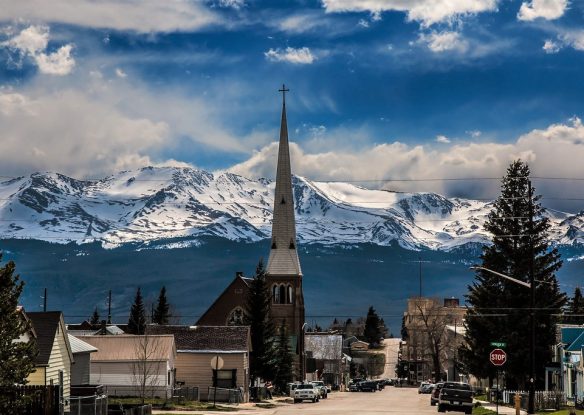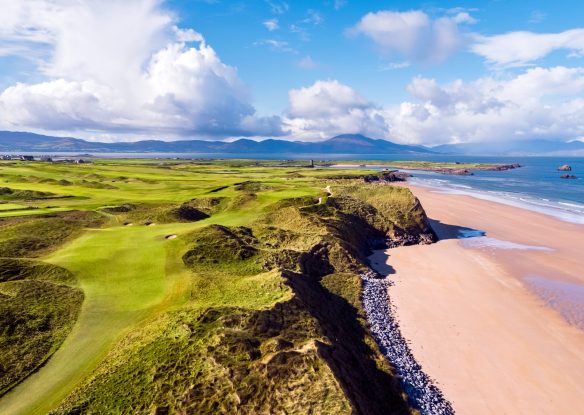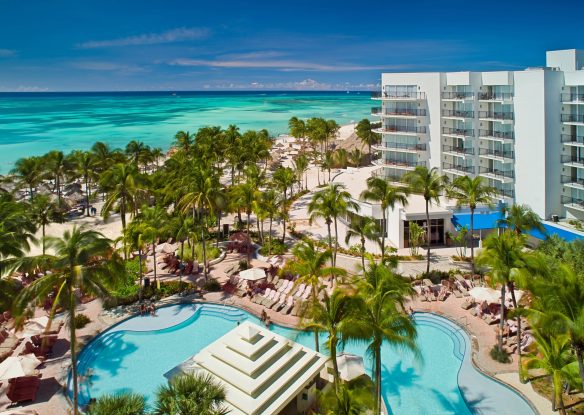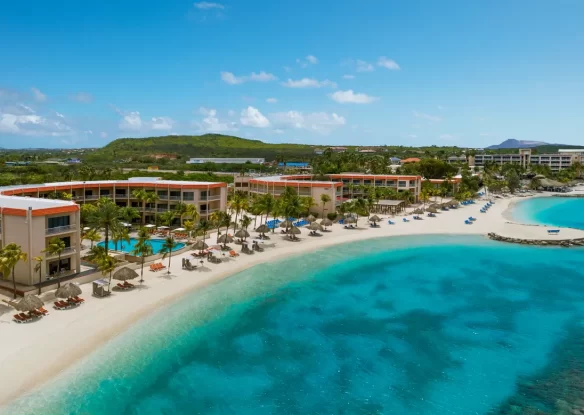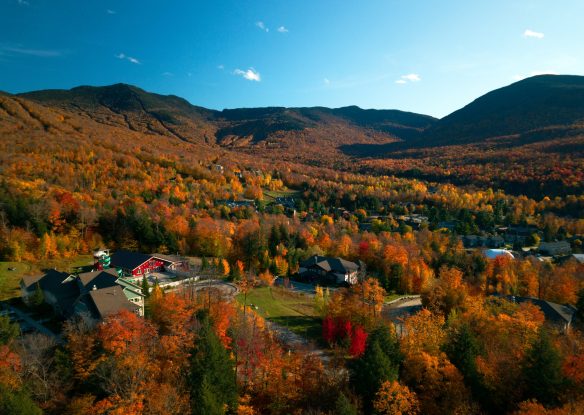Rainforests play a key role in the maintenance of the Earth’s good health. They’re home to more than half of the world’s species of flora and fauna, the source of about 40 percent of the planet’s oxygen supply, and they also help to maintain our planet’s freshwater levels, as well as regulate temperatures and weather patterns. Rainforests are also filled with beauty that’s so spectacular, you could easily plan a vacation around one. For a one-of-a-kind tropical vacation, explore one of these top rainforest destinations.
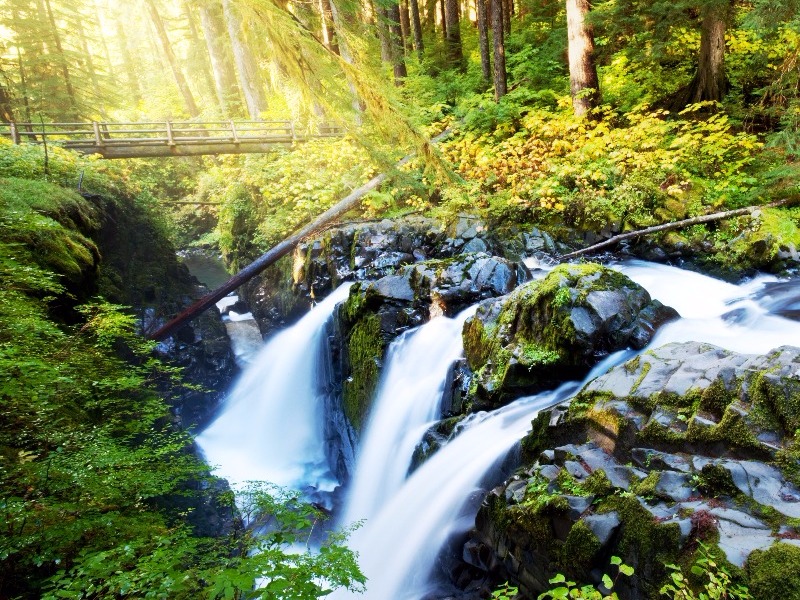
Olympic National Park, Washington
Olympic National Park in Washington state, situated about three hours west of Seattle, is home to one of the finest remaining examples of temperate rainforest in the U.S., the Hoh Rainforest. While it’s the most accessible rainforest in America, that doesn’t mean that it’s any less spectacular than those you’d have to fly thousands of miles to visit. The lush forest is home to all sorts of wildlife like elk, river otters, bobcats, and hundreds of bird species. As the Hoh gets an average annual rainfall of as much as 170 inches, it also hosts many species of plants, trees, mosses, ferns, and waterfalls. In fact, you’ll half expect to see fairies living inside one of the hollowed-out logs. One of the best ways to experience it is to get out on the trails, the long looping routes make multi-day hikes possible, and in the inner recesses of the park it’s so remote it will feel like you’ve stepped into a completely different world. You can also stay overnight in one of the top lodges and hotels nearby.
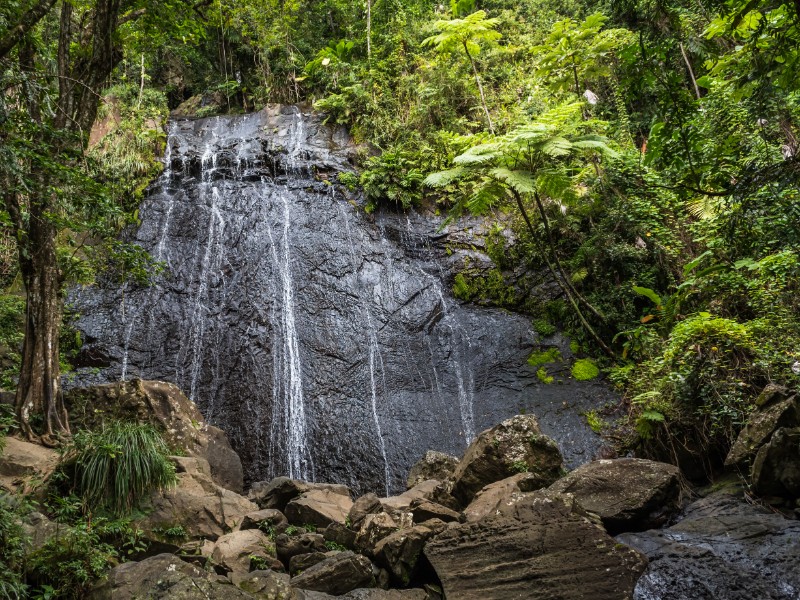
El Yunque National Forest, Puerto Rico
One of the top places to visit in Puerto Rico, El Yunque National Forest is a subtropical rainforest in the northeastern region that is made up of just 28,000 acres, but it makes up for its relatively small size with its tropical splendors and great diversity. While hiking through the misty, forest-covered hills, you’ll discover jaw-dropping waterfalls, overgrown gulches and canyons, and probably more exotic animal and plant life you’ve ever seen in one place. El Yunque boasts 150 native fern species, 240 tree species, including 23 of which are only found in this forest, as well as small animals that can’t be seen anywhere else on the planet, including the pygmy anole, the Puerto Rican parrot, and the coqui tree frog. There are miles and miles of hiking trails, ranging from short and easy to expert level, with the most popular being the La Mina Trail leading to La Mina Falls, the perfect spot for a hot day, as it’s the only one where you can enjoy a refreshing dip.
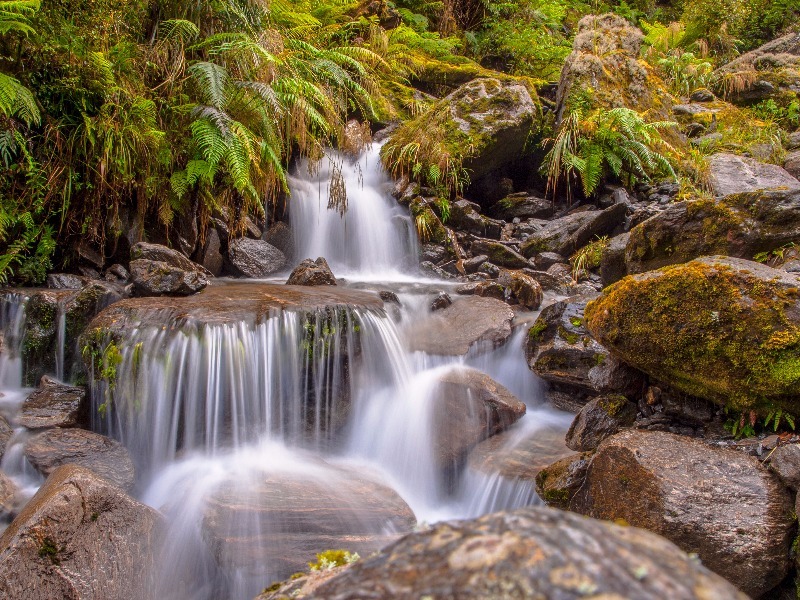
Valdivian Rainforest, Chile
The Valdivian Rainforest is often ranked among the world’s top biodiversity hotspots. Approximately 90 percent of its plant life and 70 percent of its animal life are considered rare and hard to find in other areas of the world. It’s also one of the few forested regions with climate conditions considered to be temperate. The rainforest blankets the mountains of the coast and the Andes, with the cities of Valdivia, Puerto Varas, and Puerto Montt serving as jumping-off points for excursions among the chain of glistening lakes. A trek through the rainforest will bring you through low coastal mountains, across a vast valley, then high up into the Andes. Along the way, you’ll see rare alerce and monkey puzzle trees, along with all sorts of mosses, mushrooms, and lichens.
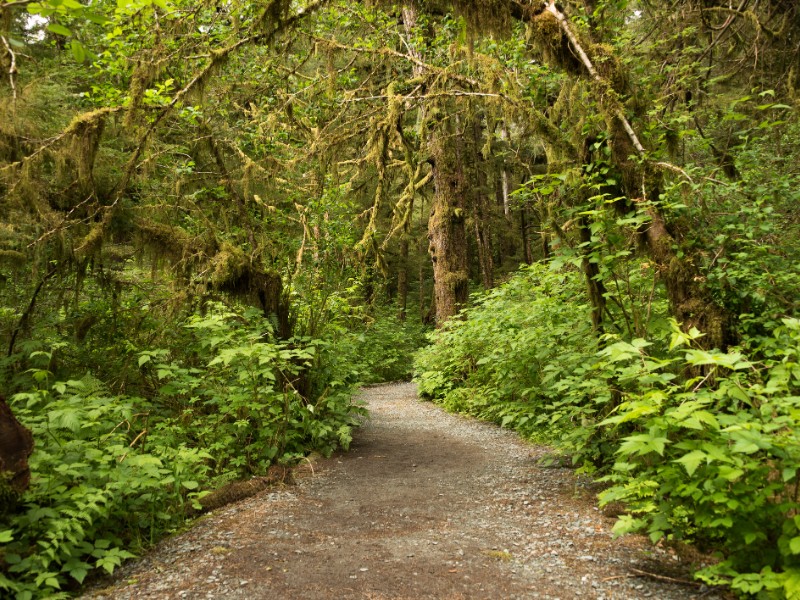
Tongass National Forest, Alaska
The Tongass National Forest is America’s largest national forest. It covers most of Southeast Alaska and still hosts some of the most intact stretches of the temperate rainforest that remain on Earth, despite decades of clear-cutting. Here you’ll have the chance to see bears, eagles, and whales, take a sled dog ride on a glacier, or fish for salmon. One of the best forests in the U.S. for hiking, you can follow scenic trails like the West Glacier Trail that will bring to the face of Mendenhall Glacier, or the more challenging Nugget Falls trail which will bring you to a five-story-high waterfall that sits adjacent to the glacier. Of course, you could also just relax and enjoy the fresh air from the porch of a remote cabin.
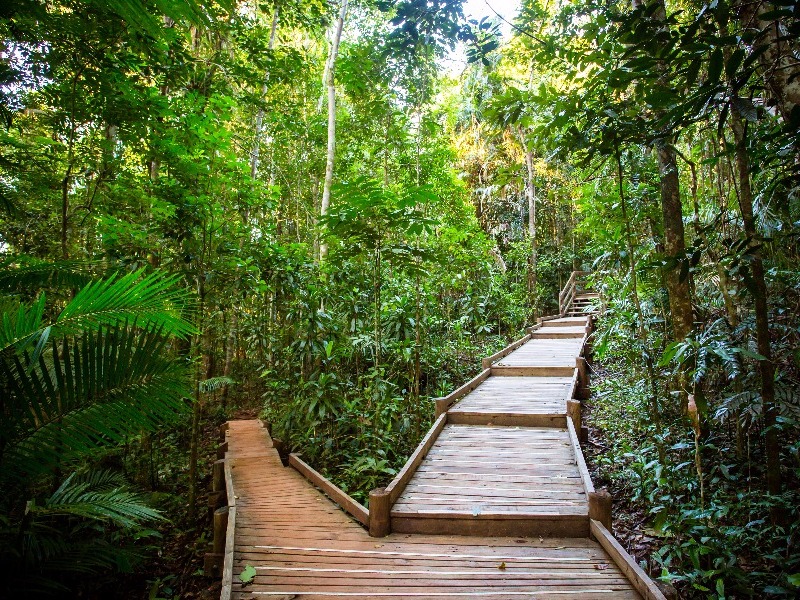
Daintree National Park - Queensland, Australia
Daintree National Park in northern Queensland is home to Daintree Rainforest, Australia’s largest rainforest, one of the most ancient ecosystems on the planet. It plays host to 65 percent of the country’s bat and butterfly species, including the giant blue Ulysses butterfly; nearly 30 percent of its reptile, marsupial and frog species, including crocs and the secretive Bennett’s tree kangaroo; and 20 percent of the nation’s native bird species, like the rare cassowary. Cape Tribulation is a magnificent stretch of coast, and one of the few spots where two of the richest ecosystems converge: rainforest meeting reef along the pristine white sandy beaches of the Coral Sea. Marked paths for hiking can be found throughout the jungle, however, only the most experienced hikers should journey through the heart of its wilderness area.
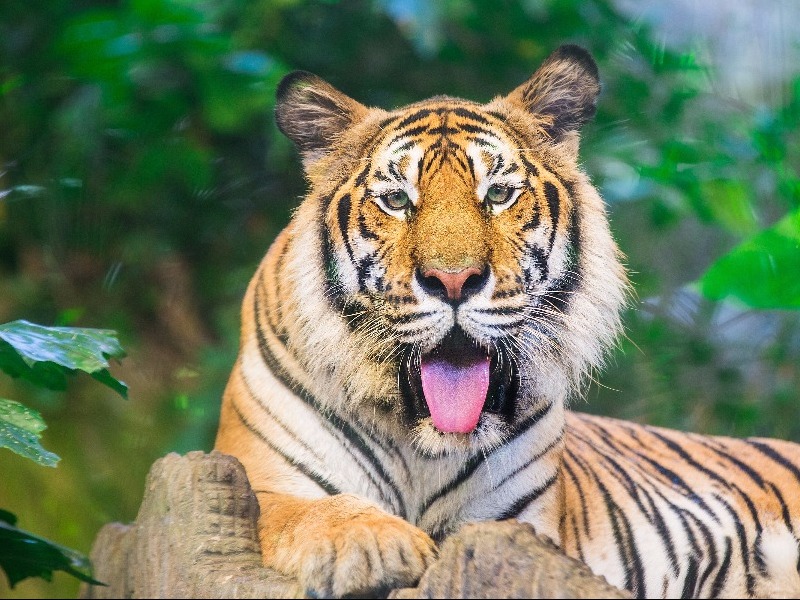
Sumatra, Indonesia
On the island of Sumatra, a 98,555-hectare swath of land makes up the Harapan Rainforest. It holds about 20 percent of Sumatra’s remaining forestation and is extremely biodiverse. It offers shelter to the endangered Sumatran tiger, the Sumatran rhinoceros, and some 300 different species of birds. Visitors can travel through the area by embarking on a number of eco-adventures available, including hiking one of four different routes, taking a guided river safari or even camping overnight. As the forest is vulnerable to logging, efforts to encourage the planting of one million new trees have been undertaken, but individuals can also do their part by planting trees themselves.
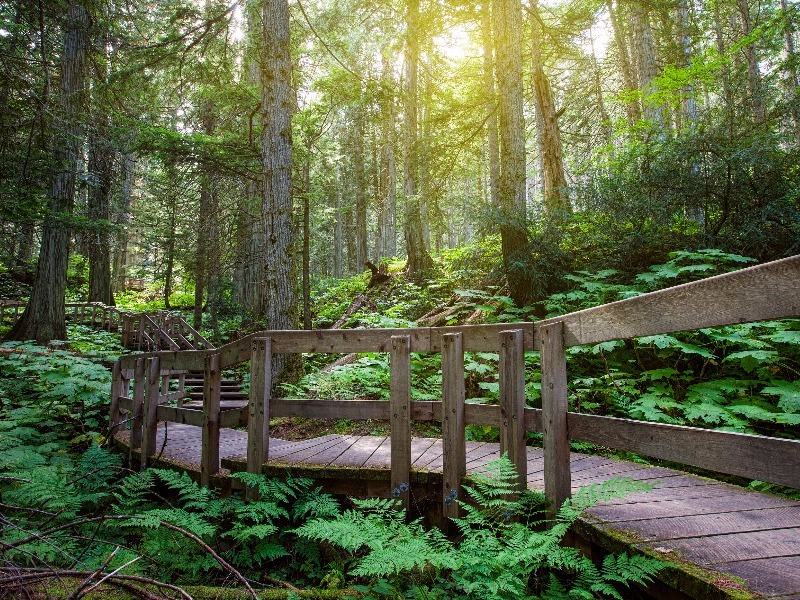
Pacific Rim National Park - Vancouver Island, British Columbia
Pacific Rim National Park, located on the west coast of Vancouver Island in British Columbia, Canada, is fringed by dense, lush rainforest that includes western hemlock, yellow cedar, Douglas-fir and western white pine. Wildlife that inhabits this forest includes Roosevelt elk, Vancouver Island wolf, Vancouver Island marmot, black bears and cougars. It’s an ideal place for hiking, with miles of trails, including a wooden boardwalk trail where you can gaze up at 800-year-old cedar trees, or take a short trek at Hot Springs Cove for a dip in bathwater warm waters. In between, explore the picturesque towns of Tofino and Ucluelet, or join a whale watching tour to get a close-up look at the resident orcas that frequently pass by.
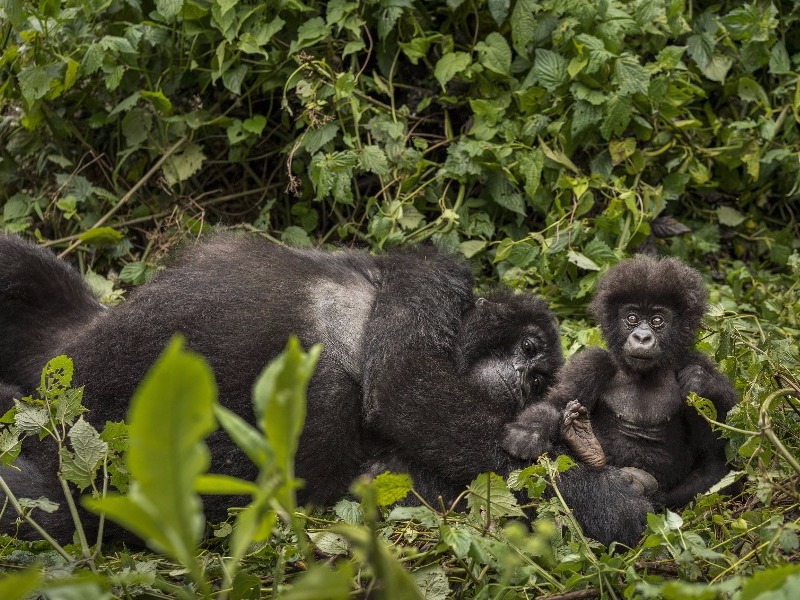
Volcanoes National Park, Rwanda
One of the best places in Africa for wildlife watching, Volcanoes National Park in Rwanda is filled with lush tropical rainforest, but it’s best known as a premier spot for viewing rare mountain gorillas. The park houses two-thirds of surviving mountain gorillas whose population is estimated to be just 880. There are groups of gorillas reserved for scientists and researchers as well as other groups for tourism. In this park, 10 groups of gorillas are accessible to tourists through various outfitters that run tours tracking the silverbacks through the dense forest. A permit is mandatory to see the primates and the process of getting one can take up to a year as visitor numbers are strictly controlled at just 80 people a day.
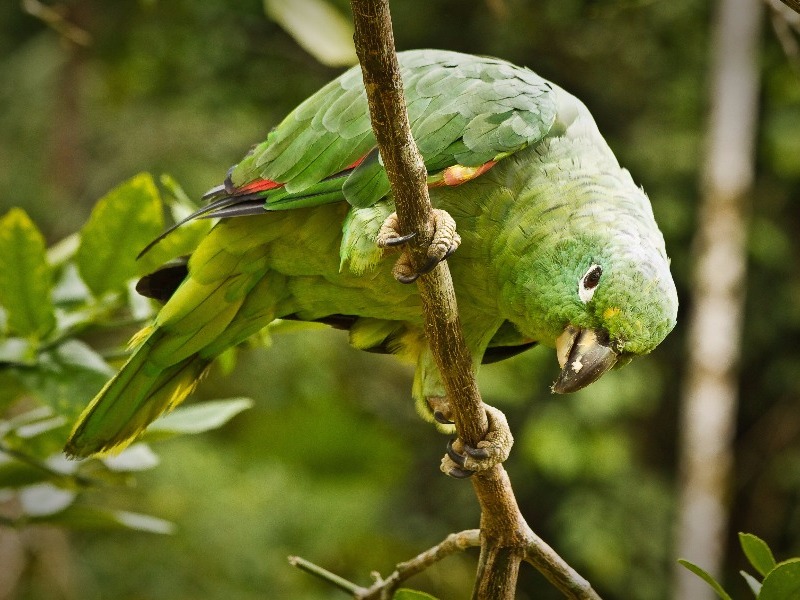
Yasuni National Park, Ecuador
Located in the Ecuadorian Amazon, this beautiful park is one of the most biologically diverse places in the world. It shelters more than 20 globally threatened mammal species, like the rare golden-mandled tamarin and the white-bellied spider monkey. Yasuni is also home to some of the last indigenous peoples still living in isolation in the Amazon, the Tagaeri and Taromenane clans of the Waorani. Just a few of the highlights here include hiking through the rainforest and viewing the “parrot clay licks,” clay walls where all sorts of parrots and macaws go to lick the clay, creating spectacular sounds and colors in the process.

